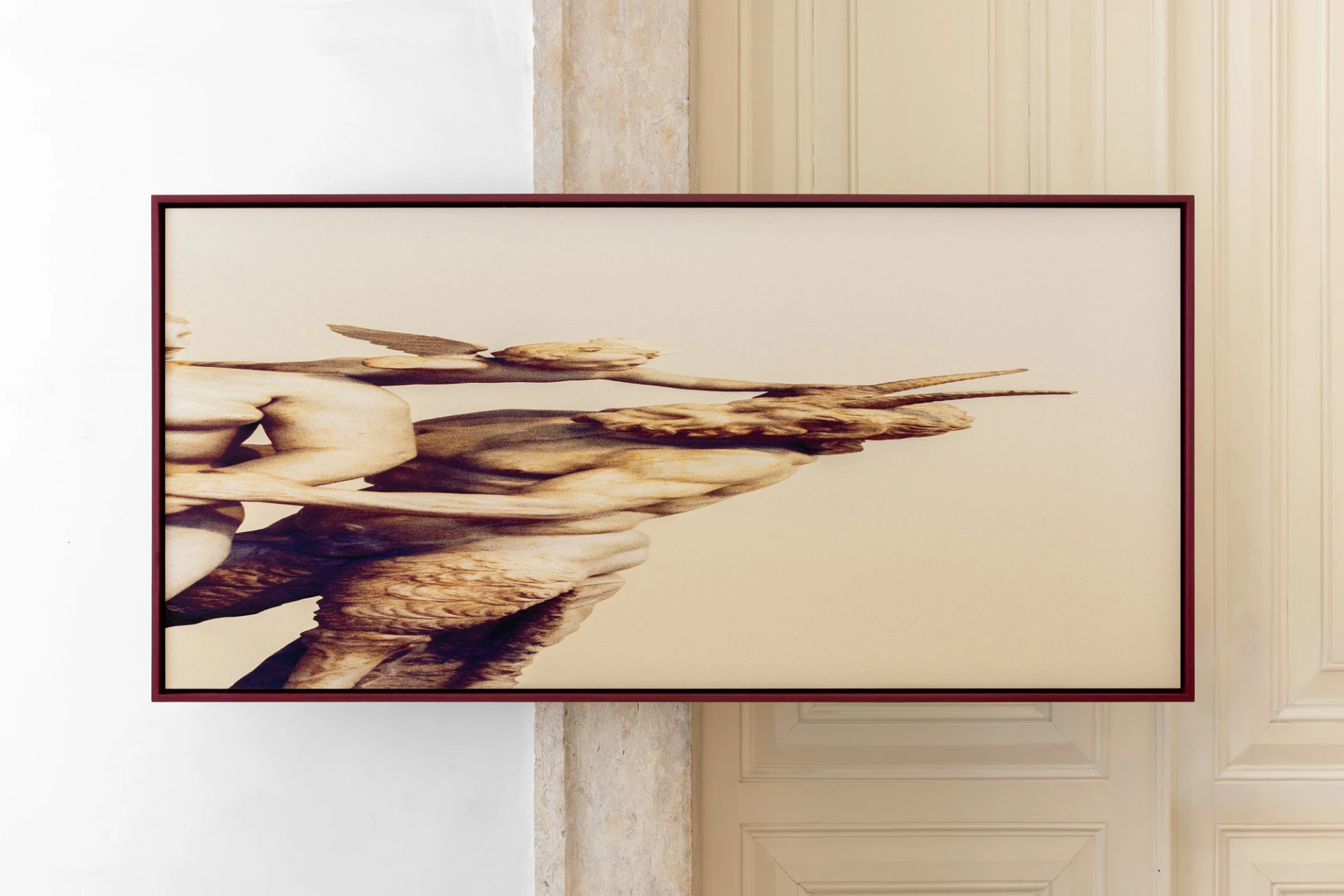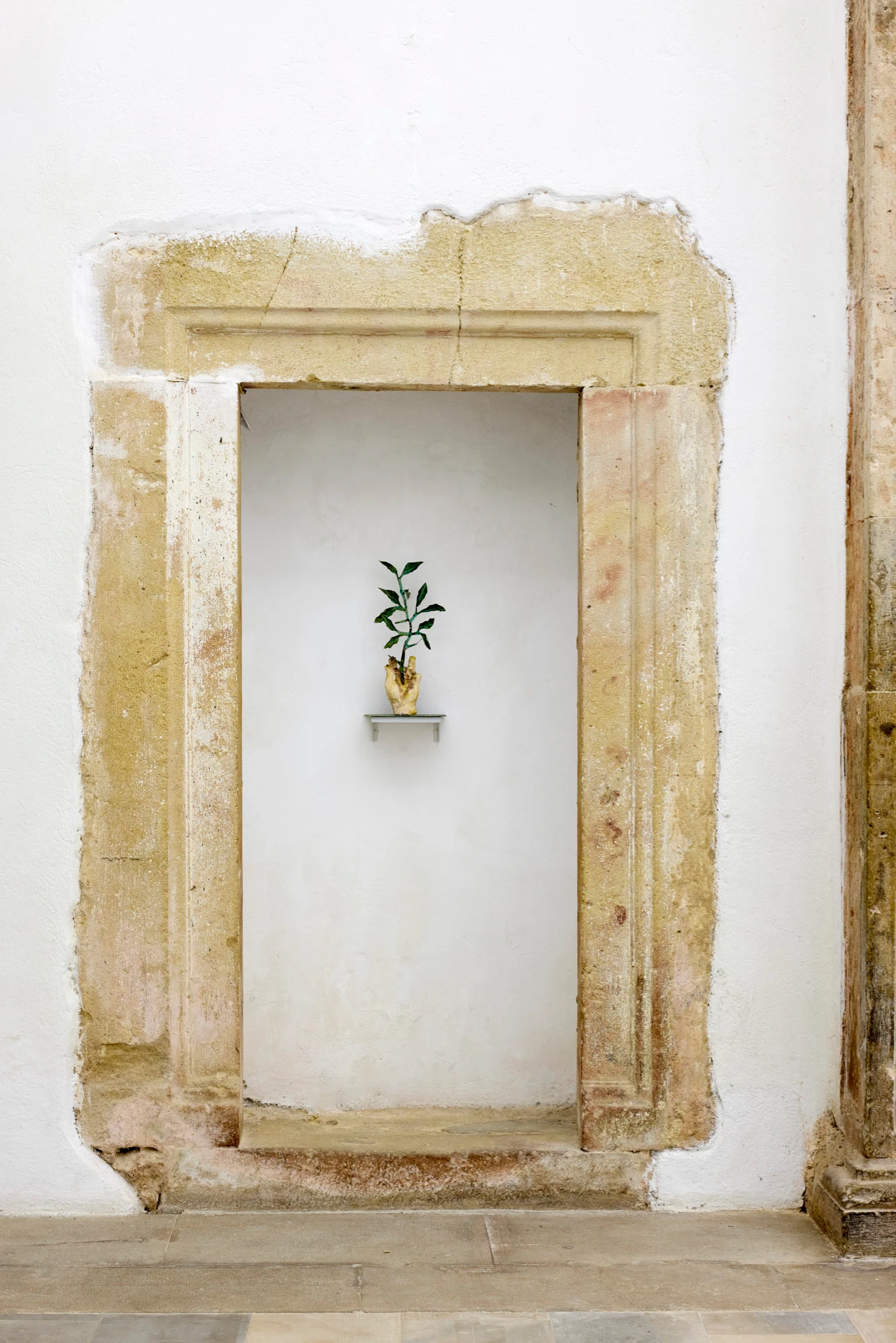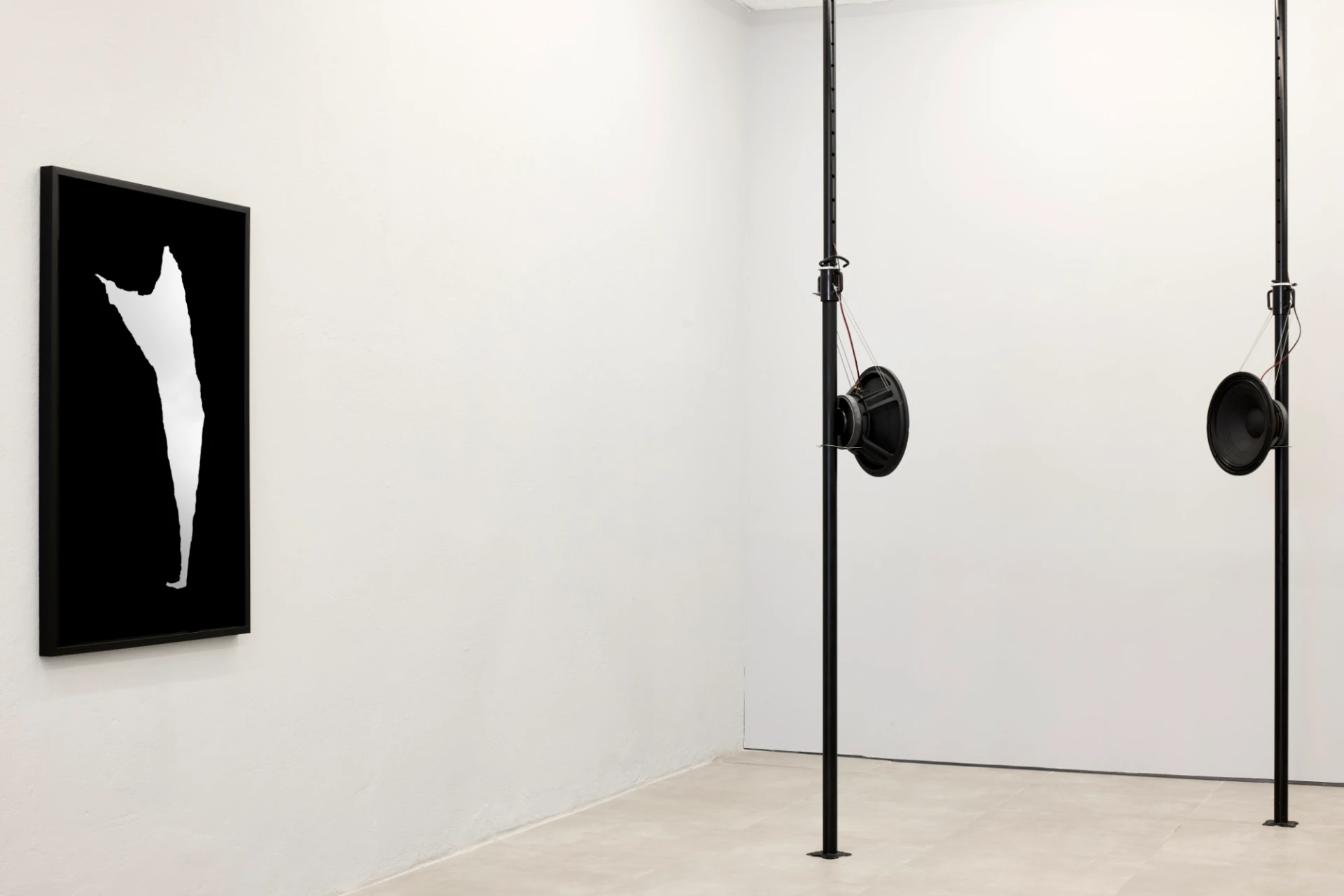article
Museu Zer0 – Opening
Among the structures in the Algarve dedicated to the creation and exhibition of contemporary art, the Museu Zer0 stands out as one of the most important in both the regional and national landscape.
The museum was conceived by Paulo Teixeira Pinto when, more than eight years ago, the businessman and lawyer took up residence in the region and discovered the imposing building of the Santa Catarina da Fonte do Bispo Agricultural Cooperative. An example of Manuel Gomes da Costa's modernist architecture, the building was constructed in the late 1950s to serve as a warehouse and processing area for regional products, and this activity continued for nearly three decades. Since the 1990s, the silos have been decommissioned: the sheer size of the structure reveals the difficulty in maintaining the building. The benefit of Teixeira Pinto's initiative lies, from the outset, in ensuring the maintenance and appreciation of a significant element of industrial heritage. Valuing it as a dynamic space and assigning it the role of headquarters for a Digital Art Center adds to its thought and gesture.
To house the Museu Zer0, the building underwent a careful renovation that lasted approximately eight years. Fortunately, the museum did not resign itself to waiting for the completion of the Pedra Silva Arquitetos studio project: it embraced the specificity of its artifacts and built itself as a creative force, becoming a focal point in a network that expanded and intertwined artists, curators, and other structures—local, regional, national, and international—in short, a brand of dispersed but increasingly recognizable materiality. In 2019, the partnerships established with the University of Algarve and AMAL-Association of Municipalities of the Algarve, the Museum of Art, Architecture, and Technology, the Calouste Gulbekian Foundation in Lisbon, and the "Ars Electronica" Arts Center in Linz, Austria, fulfilled the ambition of its promoters.
Since 2018, awaiting the building's restoration and adaptation, the Museu Zer0 has operated without a permanent location, fostering creation, research, and debate surrounding digital art. One stimulating example of its activities before the opening of its physical headquarters was Space/Program, curated by Miguel Carvalhais and Luís Pinto Nunes, presented in 2022 at the Santo António Convent in Loulé, in co-production with the Cerveira Biennial Foundation. In addition to the exhibition itself, featuring pieces and installations by six Portuguese artists (João Martinho Moura, Mariana Vilanova, Ana Carvalho, André Sier, Pedro Tudela, and Miguel Carvalhais himself), the initiative resulted in the publication of the same name, which summarizes the fundamentals of current thinking regarding computer art, media art, and the roles played by creators, promoters, and recipients of these artistic forms.
The exhibitions promoted by the Museu Zer0 during its pre-host period were organized in private and public spaces—for example, gallery shows, discussions with creators and researchers, and cultural mediation activities were held in local schools. The museum's extensive and intense activity demonstrated, above all, its concern with creating and developing an audience, raising awareness of the most contemporary digital artistic expression. Along the way, it continued to promote the place in Santa Catarina where it was preparing to reside: also in 2022, Mapa Zero, a video installation created by Nuno Lacerda, occupied the walls of the Ermida de São Roque, in downtown Tavira, with images of the artist touring the old silos, a very successful audiovisual combination of publicity, playful play, and exploration of the potential of digital forms.
With the construction of the former Santa Catarina silos completed, more than four million euros later (80% financed by European funds, the CRESCAlgarve2020 Operational Program), the Museu Zer0 finally opened its doors last September. This opening to the public has occurred in several stages, planned by Fátima Marques Pereira, who introduced the museum as a Renaissance workshop. The idea behind the concept, according to the curator, recaptures a context in which works of art are conceived in direct relation to the space (of the building and the surrounding area) and the creative experience provided there, in "living spaces of intersecting knowledge, where practice is also research." The artistic residencies embody the "continuous and collaborative production model" that Marques Pereira summarized for the artistic practice they intend to continue to foster (the MEO Foundation's support for the residencies is part of the investment that promises to provide artists and curators with ideal creative conditions and to fruitfully intertwine "digital art and social impact," in the words of Carolina Pita Negrão of MEO, during the signing of the protocol between the two entities on September 26).
For Fátima Marques Pereira, the fact that the museum does not have "a traditional collection" allows it to structure itself as a "living workshop" that prioritizes experimentation in digital environments, always connecting them to the place where they are materially generated. The "FabLab," the immersive room, and the sound studio of the now-open Museu Zer0 (Zer0 Museum) constitute work zones in the pursuit of the plenitude with which Paulo Teixeira Pinto described the "zer0" that gave this digital art center its name – more than nullifying existences, he says, zero invites us to imagine the whole.
For the inaugural activities, in addition to cultural mediation activities and interventions with schools and private social welfare institutions (IPSS) in the municipality of Tavira, Marques Pereira has convened a group of creators who explore various languages and expressions to create digital art: Luís Fernandes engages with an old industrial machine; other installations and performances will result from the productions of Sonoscopia + Os Resistentes, the ZABRA association, Maotik + Mina Mohseni, or Francisca Rocha Gonçalves with Christian Dimpker, as well as the participation of Francisco Pedro Oliveira, Inês Mendes Leal, and Mariana Vilanova – some of them artists who have already collaborated in the immaterial phase of the museum.
Visitors to the old silos in Santa Catarina will also be able to learn in detail about the work of architect Manuel Gomes da Costa, honored in the immersive room through 3D projections, or see, using the technology of the company byAR, what the site looked like when the silos were in full operation: the contemporary and historical aspects of the old warehouses intertwine in this new incarnation of the space.
João Correia Vargues has presided over the Zer0 Museum's Board of Directors since its inception; together with his team, he remains committed to rooting the creation of art in the territory that can expand throughout the universe. It deserves continued reflection on what digital art is—and now, a visit to its muses, in their homes.
BIOGRAPHY
Ana Isabel Soares (b. 1970) has a PhD in Literary Theory (Lisbon, 2003), and has been teaching in the Algarve University (Faro, Portugal) since 1996. She was one of the founders of AIM – Portuguese Association of Moving Image Researchers. Her interests are in literature, visual arts, and cinema. She writes, translates, and publishes in Portuguese and international publications. She is a full member of CIAC – Research Centre for Arts and Communication.
ADVERTISING
Previous
article

22 Oct 2025
What Looks at Us, at MAAT
By Maria Inês Mendes
Next
article

24 Oct 2025
ÔNFALO: The Question of Everything
By Ayşenur Tanrıverdi
Related Posts



